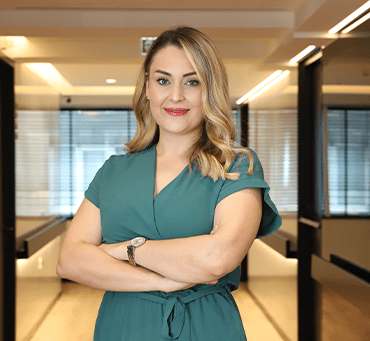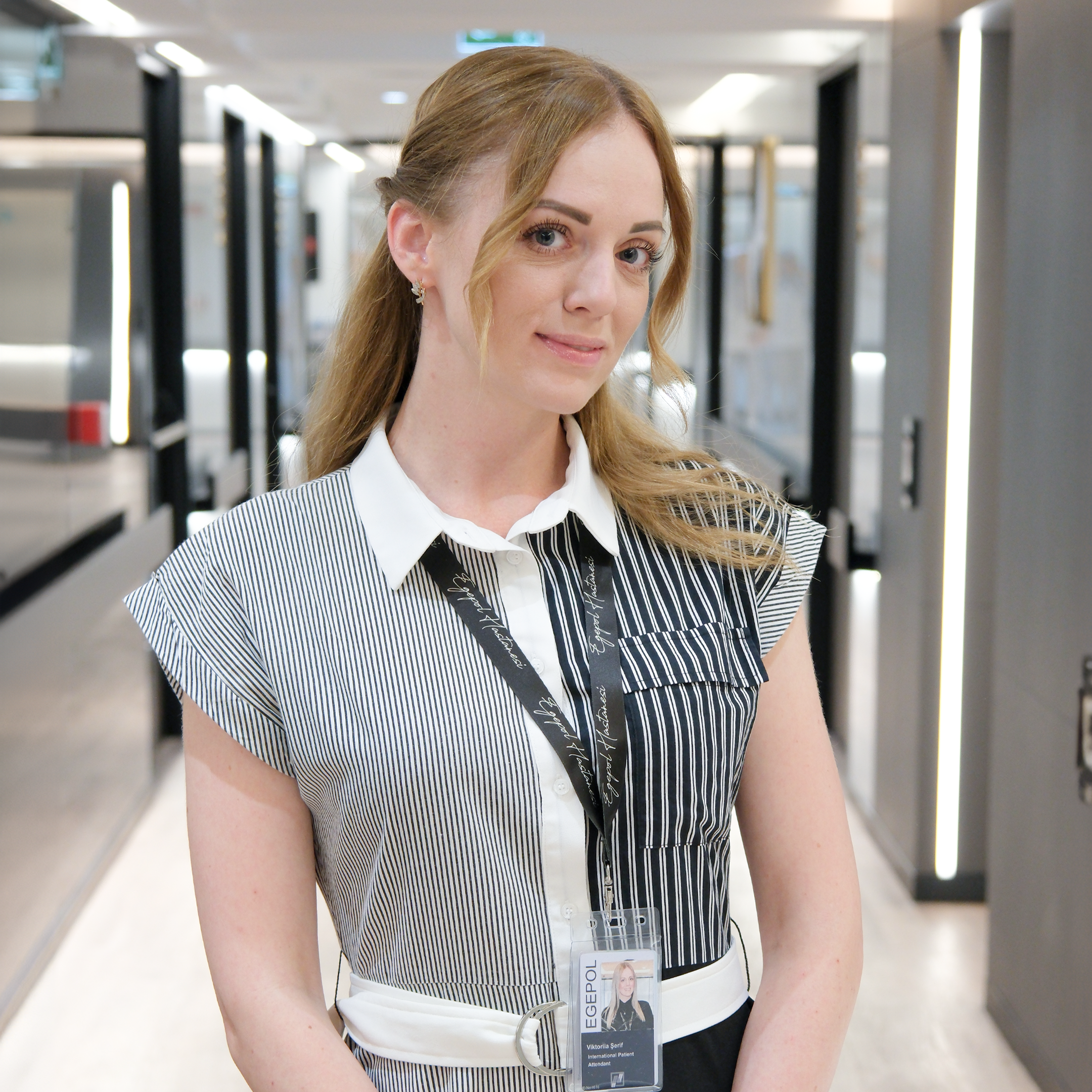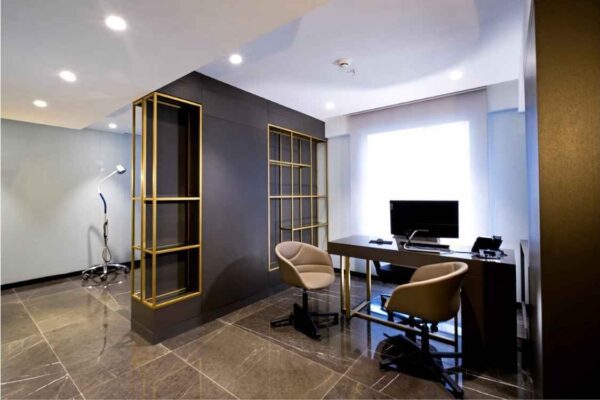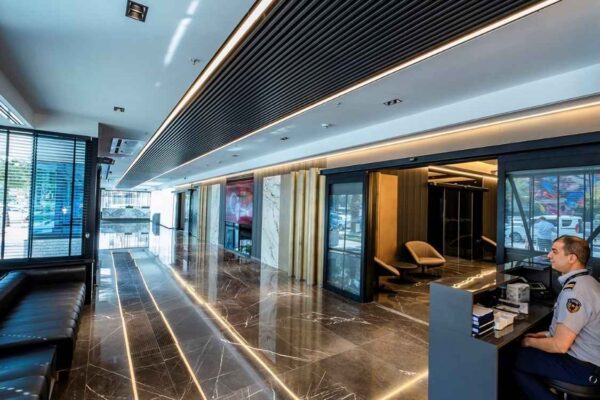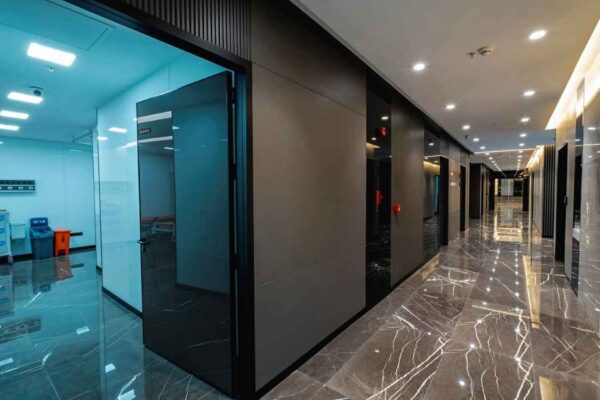Abdominal etching is a highly specialized and cutting-edge cosmetic procedure that provides a one-of-a-kind method for achieving a more contoured and athletic-looking abdomen. It is designed for people who already have well-defined abdominal muscles but are unable to show off their muscular definition because of persistent fat pockets. The impression of a defined “six-pack” or toned core may be obscured if specific parts of the abdomen maintain fat despite strict eating and exercise regimens.
By carefully eliminating fat deposits around the natural muscle shapes, this surgical procedure enables plastic surgeons to artistically reshape the abdomen area. The surgeon enhances the visibility of the abdominal muscles and gives the patient’s muscles the appearance of being well-defined and sculpted by carefully shaping the fatty tissue to reveal the patient’s underlying muscular structure.
How is Abdominal Etching Performed?
Depending on the patient’s choices and the amount of the treatment, abdominal etching is frequently done as an outpatient procedure under general anesthesia or local anaesthetic with sedation. The following steps are involved in the surgical procedure:
- Pre-operative Assessment: The plastic surgeon performs a thorough assessment of the patient to determine whether they are a candidate for abdominal etching. To determine whether the patient is a good candidate for the treatment, the surgeon examines their overall health, muscle structure, and distribution of body fat.
- Marking the Target Areas: Prior to the procedure, the surgeon meticulously lines the patient’s belly in the locations from which fat will be removed. These markings are based on the underlying muscle structure and the patient’s intended aesthetic goals.
- Liposuction: Tiny incisions are made in discrete places, including the belly button or the wrinkles of the skin. The surgeon will then make small incisions and insert a cannula, which is a thin, hollow tube. The surgeon carefully and precisely removes fat from the places that have been identified, leaving the residual fat to emphasize the impression of well-defined abdominal muscles.
- Incision Closure: Surgical tape, adhesive strips, or sutures are used to gently close the incisions once the desired amount of fat has been removed and the desired contouring has been attained.
- Recovery: Following the treatment, patients are closely watched in an area designated for recuperation. To help the healing process and reduce swelling, they might need to wear a compression garment. To guarantee a speedy recovery and the best outcomes, the surgeon gives detailed post-operative care instructions.
What Should Be Considered After Abdominal Etching?
For the greatest results and a quick recovery after abdominal etching, patients should adhere to the post-operative care recommendations given by their surgeon. Among the most crucial factors are:
- Compression garment: When worn as directed by the surgeon, a compression garment can assist reduce swelling, offer support to the treated area, and help shape the abdomen.
- Rest and Recovery: During the initial phase of recovery, adequate rest is crucial. For several weeks after surgery, patients should refrain from physically demanding activities and exercises that could strain their abdominal muscles.
- Post-operative Swelling: Following abdominal etching, swelling is a typical side effect of the healing process. Each person’s level of swelling is different, but it normally goes away gradually with time.
- Follow-up Appointments: It’s important to schedule frequent follow-up consultations with the surgeon to track the healing process, have any sutures taken out as needed, and discuss any issues that may come up during the healing process.
- Exercise and nutrition: Keeping up a good diet and lifestyle can help maintain the effects of belly etching and improve general wellbeing.
FAQs
Depending on the facility or physician, there may be different payment alternatives available in Turkey for abdominal etching surgery. Numerous respectable clinics provide a variety of payment choices, including cash payments, bank transfers, and credit card payments. During their initial visit, patients are recommended to ask about the accepted payment methods and any accessible financing options.
Abdominal etching is often not covered by insurance because it is considered an elective cosmetic operation. Insurance coverage typically cover procedures carried out for aesthetic reasons but not those that are medically required.
Due to a number of circumstances, abdominal etching could be less expensive in Turkey than in some other nations. Turkey’s lower cost of living and lower operational costs for healthcare facilities help to minimize overall patient costs. The Turkish cosmetic surgery business is highly competitive, which could result in more affordable prices.
To help people pay for abdominal etching surgery, some clinics or medical tourism organizations in Turkey may provide financing solutions. This could take the shape of finance arrangements, medical loans, or payment plans. Prospective patients should ask their preferred clinic about the terms and circumstances of any available funding alternatives.
In Turkey, there is typically no set age restriction for abdominal etching surgery. Candidates for the operation should, however, be in generally good condition and have reasonable expectations for the results. A complete assessment by the surgeon results in a case-by-case determination of whether surgery is appropriate.
Abdominal etching carries the same risks and consequences as any surgical procedure. However, problems are comparatively uncommon when carried out by a board-certified and skilled plastic surgeon. By carefully following pre- and post-operative instructions and selecting a respected and experienced surgeon, patients can lower the likelihood of unfavorable results.
Although abdominal etching is mostly risk-free, all surgical procedures have possible downsides. Infection, hemorrhage, seroma, asymmetry, and changes in skin sensation are a few of the potential side effects. Before making a decision, patients must have a full discussion with their physician about the procedure’s advantages and disadvantages.
Our Team
Our Hospital
Atilla, Halide Edip Adıvar St.
No:57, 35270 Konak/İzmir







